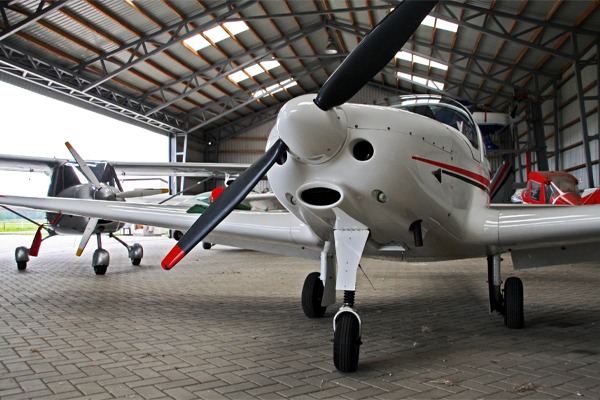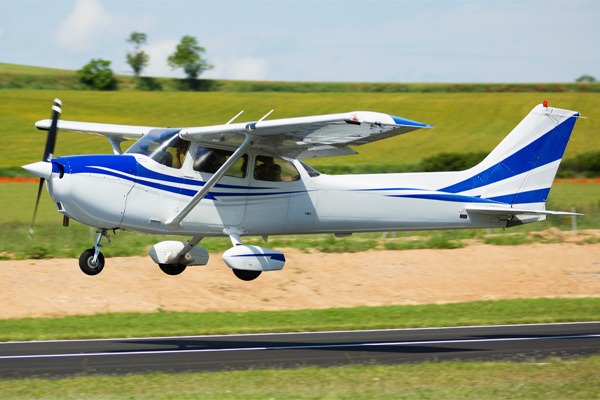While we highlighted the various costs associated with flight training in a previous article, we wanted to take some time to highlight two possible variations when it comes to selecting a flight instructor or flight school.
At a base level, all flight schools and instructors are expected to follow and train students to meet the requirements listed in the Federal Aviation Regulations (FAR) Part 61. However, the Federal Aviation Administration (FAA) developed additional regulations – FAR Part 141 – that allowed for a reduction in required training hours, so long as flight schools met and maintained certain benchmarks.
Depending on what may be available in your area, knowing the differences between these two designations can help expedite your training and make it more affordable.

Curriculum
Many individual flight instructors and flight schools operate under FAR Part 61 regulations. These regulations detail certifications for pilots, flight instructors, and ground instructors while also detailing types of licenses, eligibility criteria, and the basic aeronautical and flight time requirements. Part 61 flight schools do not have any mandated curriculum standards, while Part 141 flight schools follow an FAA-approved syllabus.
Flexibility & Structure
Students training under Part 61 regulations may experience a greater deal of flexibility, enabling them to operate under a more “pay as you go” structure. Training environments can be less structured and oriented to meet a student’s specific needs. Part 141 can be likened more to a college course and can be more rigorous while requiring much more attention.

Training Timeframe & Requirements
Since Part 61 allows for a more personalized approach to training, the length of training can greatly vary from student to student. Typically, there are set timeframes for benchmarks under Part 141, which can be extremely useful in helping groups start and finish their training together. This also allows students to more accurately forecast training costs and expenses.
Under Part 61 regulations, students pursuing their Private Pilot Certification and/or Instrument Rating must have 40 hours minimum flight time. For the Instrument Rating, 50 hours minimum cross-country flight time is required. Finally, for those looking to achieve their Commercial Rating under Part 61, there is a 250-hour minimum flight time requirement.
By comparison, Part 141 students only need 35 hours minimum flight time for their Private Pilot Certification and/or Instrument Rating, with no cross-country flight time requirement for the Instrument Rating. Part 141 students can also obtain their Commercial Rating at 190 hours minimum flight time – all of this reflecting the advantages of utilizing a curriculum-based program.

Cost Differences
Part 61 operations are often less expensive upfront but may require additional hours depending on how frequent and consistent your training can be. Part 141 schools may be a little more costly upfront but lend themselves to being more efficient while reducing overall training hour requirements.
Which Is The Better Option?
While Part 61 and Part 141 schools both have their advantages and disadvantages, neither one is inherently better than the other. Deciding between the two really boils down to your goals, personal availability, and what options exist in your area.
Are you a student working a full-time job or find that your financial resources are limited? Part 61 operations may provide you with more flexibility while removing some of the initial “sticker shock” costs associated with flight training. Is your goal to become a commercial pilot or to maximize potential scholarship and tuition assistance options? Part 141 is likely to get you there efficiently while lowering various requirements to enter the industry.
While it’s important to understand these differences, it is just as important to weigh your options in choosing the right flight school for you. Before committing to any training regimen or program, do your research – check out the school’s reputation, instructors, costs, and pass rates. Considering the distinctions between Part 61 and Part 141 schools is yet one of many factors to take into account as you look to begin your aviation journey.

